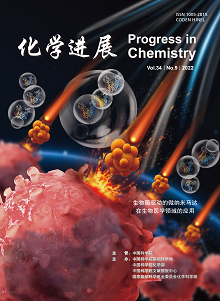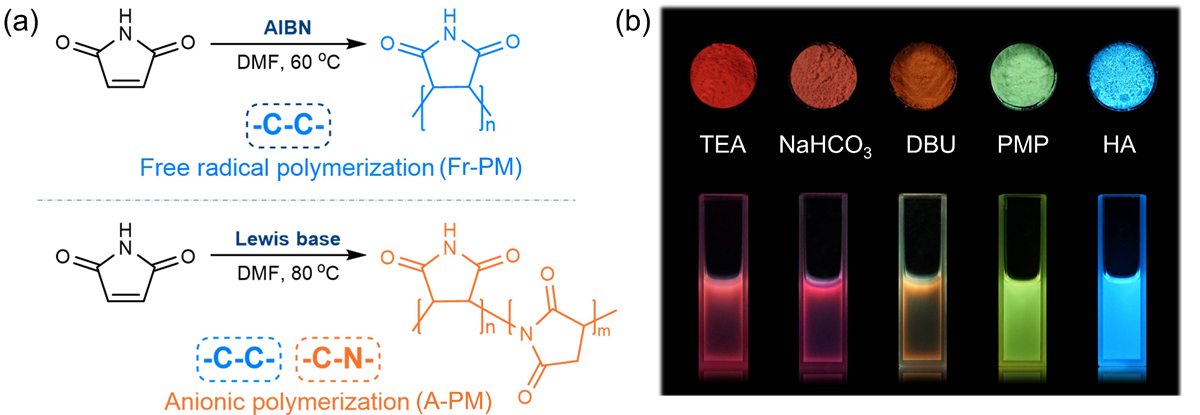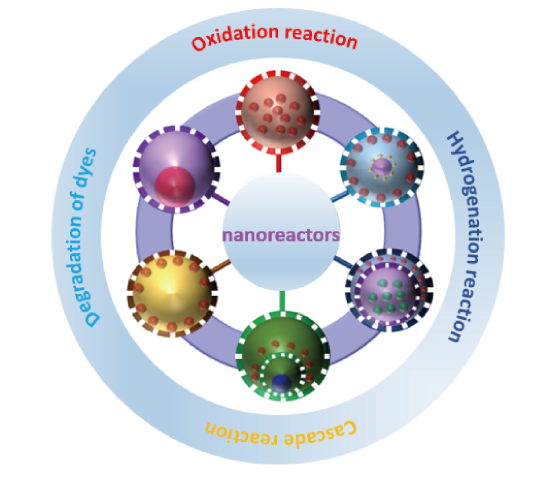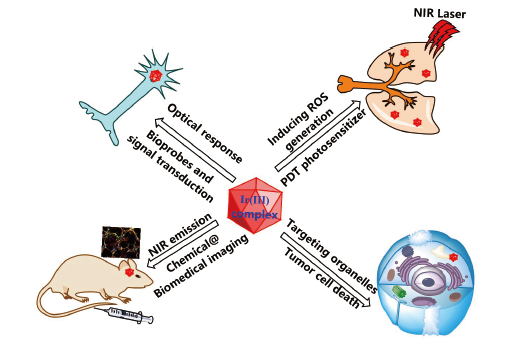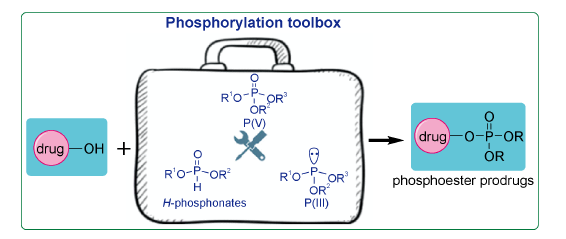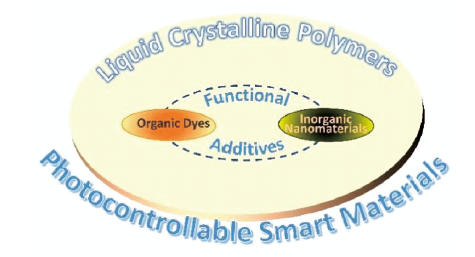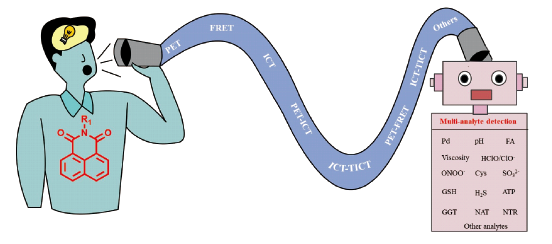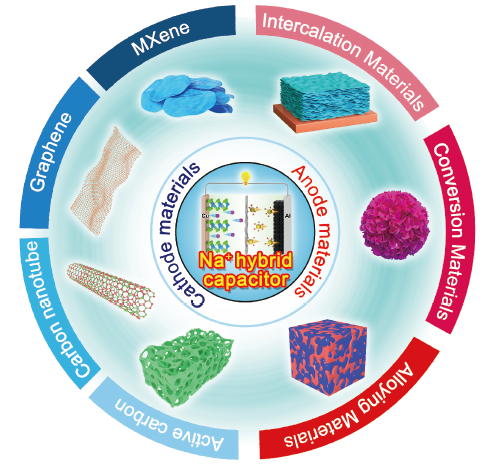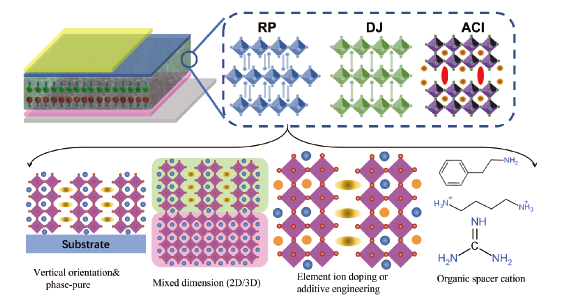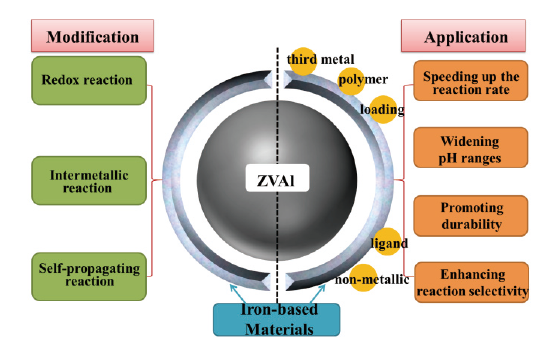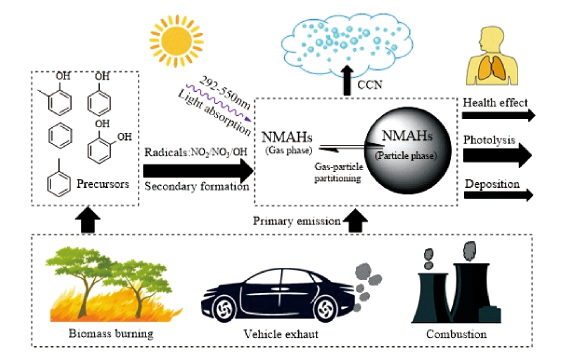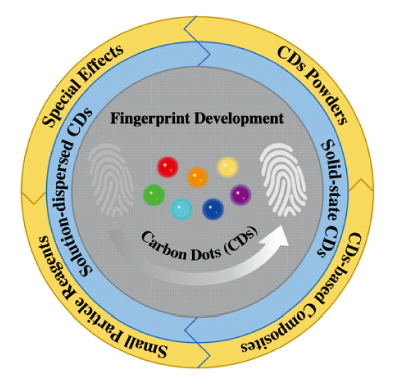Nanomaterials that contain noble metal palladium are kinds of electrocatalytic materials which have excellent properties. Among them, Pd-Cu binary materials have attracted much attention in recent years due to their low cost and high activity. The introduction of Cu not only reduces the amount of Pd, but also causes ligand effect, stress effect, aggregation effect and so on, which provides a variety of ways to optimize the electrocatalytic performance. Constructing special morphology and structure can make the catalyst expose more active sites to increase the electrochemical active surface area and improve the electrocatalytic performance. In addition, the adjustment of Pd-Cu component or the construction of composite structure can adjust the d-band center, thereby optimizing the electrode interface adsorption energy, and finally enhancing activity and improving stability. This review summarizes some preparation methods of Cu-Pd nano electrocatalysts with different structures, such as spherical particles, porous structure, branched structure, hollow nanocage, core-shell structure and single atom. In addition, the application of Cu-Pd nano electrocatalysts in organic small molecule oxidation (such as methanol, ethanol, formic acid oxidation), inorganic small molecule reduction (such as oxygen reduction, carbon dioxide reduction) and electroless copper plating is also summarized. Finally, the development prospect of Cu-Pd nano electrocatalyst is presented.
Contents 1 Introduction
2 Structure and preparation of Pd-Cu nano electrocatalyst
2.1 Porous structure
2.2 Branched structure
2.3 Hollow structure nanocages
2.4 Core-shell structure
2.5 Spherical nanoparticles
2.6 Pd-Cu single atom dispersion electrocatalysts
3 Application of Pd-Cu nano electrocatalysts in oxidation of small organic molecules
3.1 Methanol oxidation reaction (MOR)
3.2 Ethanol oxidation reaction (EOR)
3.3 Formic acid oxidation reaction (FAOR)
3.4 Glucose oxidation reaction
4 Application of Pd-Cu nano electrocatalyst in reduction of inorganic small molecule
4.1 Oxygen reduction reaction (ORR)
4.2 CO2 reduction reaction
4.3 Reduction of N2 to ammonia, reduction of N2O and hydrogen evolution reaction (HER)
5 Application of Pd-Cu nano electrocatalyst in electroless copper plating
6 Conclusion and prospect





